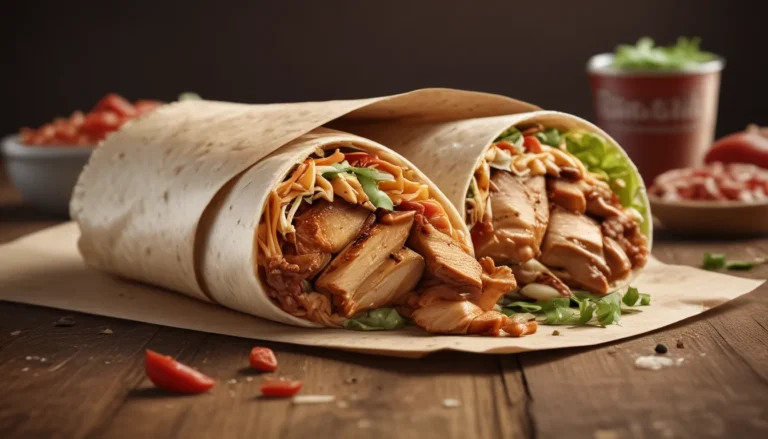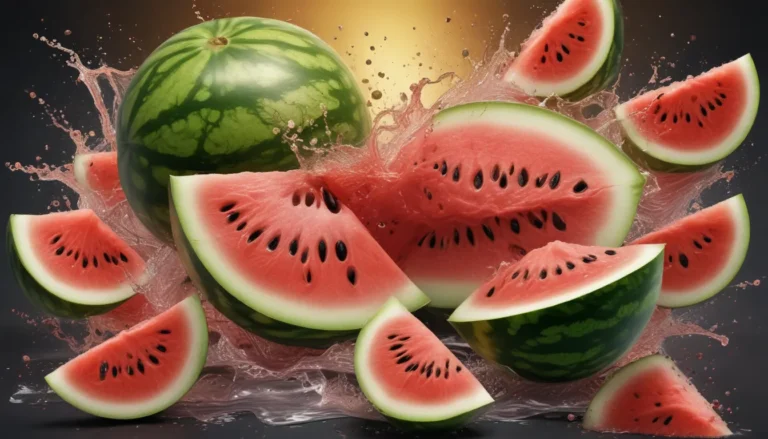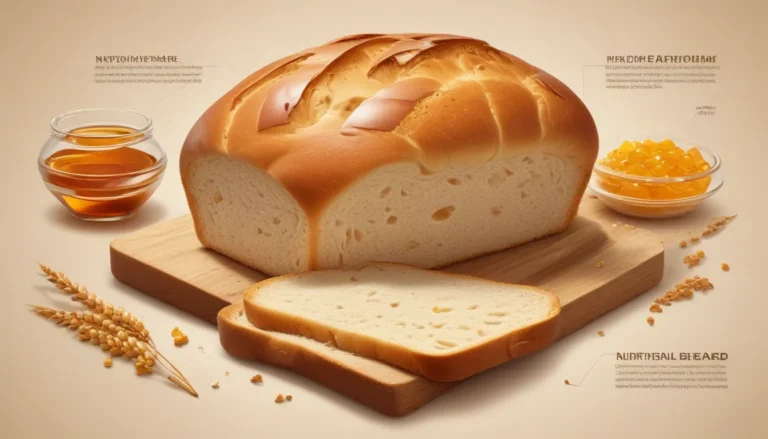The pictures in our articles might not always show exactly what the text is talking about. We use these images to make the article more interesting and eye-catching. They are there to add to the text, but not to replace it or show every detail.
Are you a pasta lover looking for a delicious and versatile option to add to your menu? Look no further than fettuccine! This long and flat pasta noodle is not only a classic in Italian cuisine but also a satisfying and balanced choice for a comforting meal. In this comprehensive guide, we will explore the nutritional benefits of fettuccine, its versatility in cooking, and tips for incorporating it into a healthy diet.
What is Fettuccine?
Fettuccine is a type of pasta that is similar to tagliatelle but wider in shape. Made from durum wheat flour, fettuccine has a slightly yellow color and a firm texture when cooked. This pasta is a great source of complex carbohydrates, low in fat, and contains essential minerals like iron, magnesium, and selenium. Whether you're a vegan, vegetarian, or seafood lover, fettuccine can be enjoyed by everyone.
Nutritional Benefits of Fettuccine
- Complex Carbohydrates: Fettuccine is rich in complex carbohydrates, providing a steady release of energy and keeping you feeling full and satisfied.
- Low in Fat: Naturally low in fat, fettuccine can be a good option for those watching their fat intake.
- Protein: While not a high-protein food, fettuccine can contribute to your daily protein needs, especially when paired with protein-rich ingredients.
- Essential Minerals: Fettuccine contains minerals like iron, magnesium, and selenium, essential for various bodily functions.
Cooking with Fettuccine
Fettuccine is a versatile pasta that can be paired with a wide variety of sauces, from traditional Alfredo to pesto to olive oil and garlic. It can also be made from alternative ingredients such as whole wheat flour or gluten-free flour for those with dietary restrictions. Whether served with seafood, as part of a balanced diet, or in portion-controlled sizes, fettuccine can be enjoyed in various ways.
- Vegan and Vegetarian Options: Vegetarians and vegans can enjoy fettuccine with plant-based sauces or cream substitutes.
- Seafood Pairing: Fettuccine is commonly served with seafood like shrimp or scallops, creating a delightful flavor combination.
- Homemade Fettuccine: Making fettuccine at home can be a fun and rewarding experience with just flour, eggs, and a pasta machine.
- Comforting Dish: Fettuccine is a comforting meal that can evoke feelings of nostalgia and happiness, especially when garnished with various toppings.
Tips for Healthy Fettuccine Meals
- Incorporate Nutrient-Rich Ingredients: Add vegetables, lean proteins, and herbs to make your fettuccine dish healthier.
- Choose Whole Grain Fettuccine: Opt for whole wheat or whole grain fettuccine for added fiber and nutritional benefits.
- Watch Portion Sizes: Serve fettuccine in smaller portions or try whole grain or gluten-free alternatives for calorie control.
- Balance with Vegetables and Proteins: Pair fettuccine with nutrient-dense ingredients to create a balanced and nutritious meal.
Frequently Asked Questions
- Is fettuccine a healthy pasta choice?
-
Fettuccine can be part of a healthy diet when consumed in moderation, offering carbohydrates, protein, and fiber.
-
How many calories are in a serving of fettuccine?
-
On average, a one-cup serving of cooked fettuccine contains around 220-250 calories.
-
Is fettuccine gluten-free?
-
Traditional fettuccine is made from wheat flour containing gluten, but gluten-free alternatives are available.
-
Can fettuccine be part of a weight loss diet?
-
Fettuccine can be enjoyed in moderation as part of a balanced weight loss diet when paired with lean proteins and vegetables.
-
Can fettuccine be reheated?
-
Yes, fettuccine can be reheated by briefly boiling in water or microwaving, but repeated reheating may affect texture.
-
How can I make my fettuccine dish healthier?
-
Incorporate nutrient-rich ingredients, choose whole wheat fettuccine, and use lighter sauce options to reduce calorie and fat content.
-
Can fettuccine be frozen?
-
Yes, fettuccine can be frozen, but it's best to cook it slightly al dente before freezing for optimal texture.
-
What are some popular fettuccine recipes?
-
Popular fettuccine recipes include Fettuccine Alfredo, Carbonara, and Aglio e Olio, offering a variety of flavors and ingredients.
-
Can I substitute fettuccine with other types of pasta?
-
Yes, you can substitute fettuccine with similar noodles like linguine or pappardelle in recipes.
-
Can fettuccine be enjoyed by vegetarians or vegans?
- Both vegetarians and vegans can enjoy fettuccine with plant-based sauces or protein sources like tofu or tempeh.
In conclusion, fettuccine is not only a delicious pasta dish but also a source of important nutrients like carbohydrates, protein, vitamins, and minerals. By incorporating fettuccine into a well-rounded diet in moderation and with nutrient-dense ingredients, you can enjoy its delicious taste while reaping the nutritional benefits it offers. Explore the world of fettuccine and discover new ways to enjoy this beloved pasta in your meals.




![Greek Gods Yogurt Nutrition Facts: 11 Surprising Benefits 5 main [keyword] - 'Sunsets' Write a blog post about '[keyword] Nutrition Facts'. SEO-friendly guide using these suggestions: Post at least 1800 words with valuable information for the reader. Use a conversational, friendly tone appropriate for the audience. Focus on an educational, informational style. Add bulleted lists (but don't overuse them, use 2 times max), italics and bold where it increases blog post readability Remove details that don't directly relate to the core topic and search intent. Imporve readability. Use Markdown formatting for easy conversion. Make sure to include relevant keywords where natural. use simple english. Short title for article. - it's must include keyword -'[keyword] Nutrition Facts' use main keyword in first 100 words of content. Aso write Good SEO title (60 characters) and seo description (160 characters) - it's must include keyword -'[keyword] Nutrition Facts' numeric each facts. Use paste text as references:](https://foodfactshub.com/wp-content/uploads/2024/06/Greek-Gods-Yogurt-768x768.webp)

